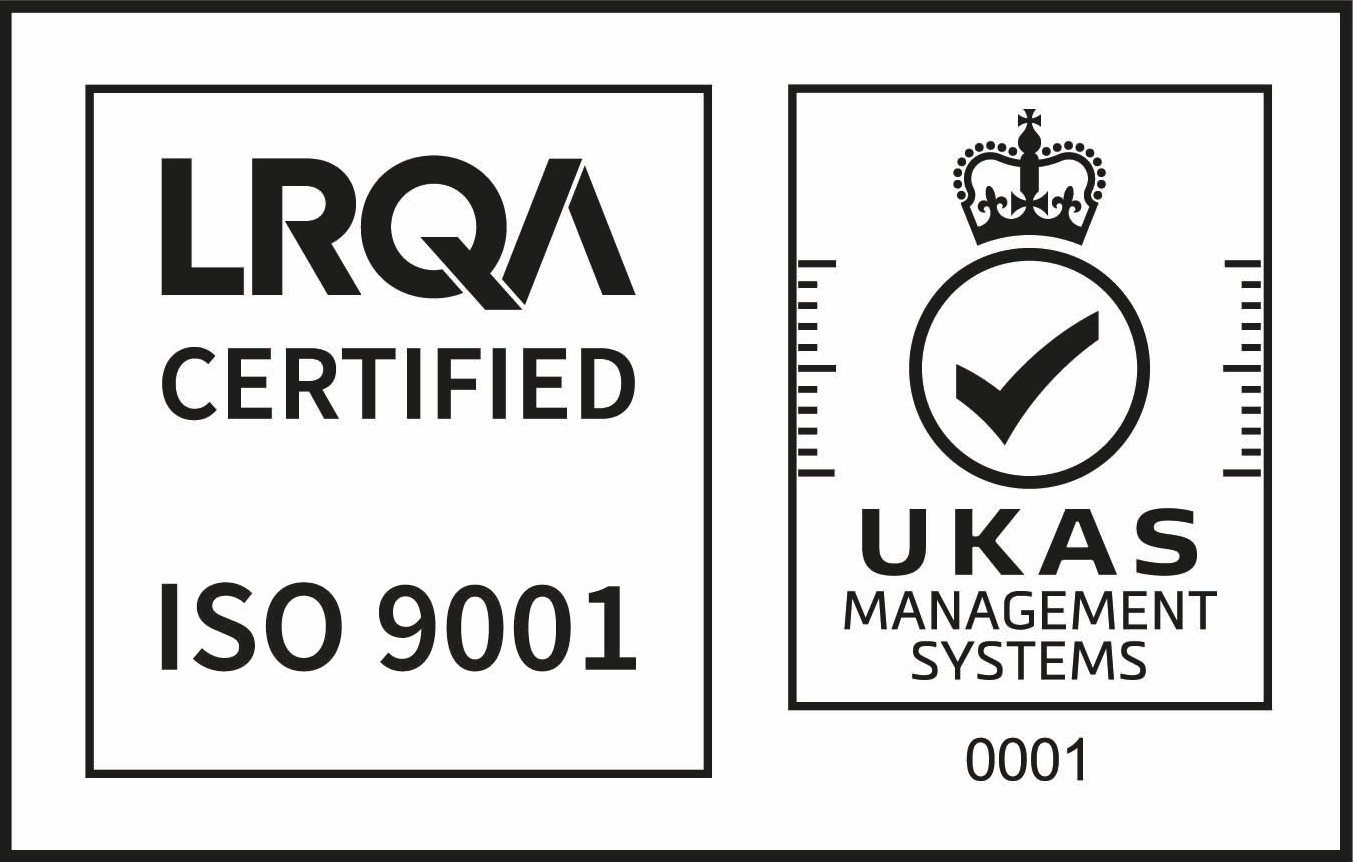Introduction to Wet Bell Operations
Wet Bell Operations is a specialized course designed to equip participants with the essential knowledge and skills required for safe and effective underwater operations using wet bells. Wet bells serve as critical platforms for transporting divers to and from underwater work sites, offering a controlled environment that enhances both safety and operational efficiency. This course will cover the design, operation, and safety protocols associated with wet bell systems, ensuring that divers can perform their tasks effectively while minimizing risks.
Key Features of Wet Bell Design:
- Capacity and Comfort: A wet bell must accommodate at least two divers wearing bailout bottles in a non-cramped position. This design consideration is vital to ensure that divers can operate comfortably and efficiently within the bell.
- Safety Mechanisms: The wet bell should be engineered to prevent divers or their equipment from being inadvertently pulled from it. This includes the incorporation of internal handholds, which provide divers with secure points to hold onto during transit, and a stable design that prevents tipping or spinning.
- Depth Management: In scenarios where the water depth exceeds the planned maximum dive depth, it is crucial that the wet bell has a reliable system in place to prevent it from descending beyond this limit in the event of a winch failure. This feature is essential for maintaining diver safety during operations.
- Operational Protocols: At the conclusion of each dive, it is imperative that the diving supervisor does not lift the bell until divers have confirmed that their umbilicals are stowed properly and that safety chains or gates are securely in place. This protocol ensures that all safety measures are adhered to before any ascent occurs.
Through this course, participants will gain an understanding of these critical aspects, alongside practical training in operating wet bells safely and effectively in various underwater environments.
Course Features
- Lectures 27
- Quizzes 3
- Duration Lifetime access
- Skill level All levels
- Language English
- Students 162
- Certificate Yes
- Assessments Self
Curriculum
- 7 Sections
- 27 Lessons
- Lifetime
- Wet Bell Operations13
- 1.1Wet Bell and Diving Baskets
- 1.2Design Specifications
- 1.3Decompression and Emergency Procedures
- 1.4Diving Baskets
- 1.5Deployment and Recovery
- 1.6Main Gas and Excursion Umbilicals
- 1.7Standby Diver and Umbilical Markings
- 1.8Wet Bell Panel Operations
- 1.9Wet Bell Panel Assignment3 Days
- 1.10Emergency Onboard Gas
- 1.11Gas Supply Assignment3 Days
- 1.12Bailout Gas
- 1.13Bailout Endurance Assignment3 Days
- Assessment Sheets6
- Emergency Response Procedures (ERP)8
- 3.1Recovery of Distressed Diver
- 3.2Procedure to Recover a Distressed Diver to the Wet Bell
- 3.3Procedure to Recover a Distressed Diver Assignment3 Days
- 3.4Injured Diver and CO₂ Poisoning
- 3.5Injured Diver and CO₂ Poisoning Assignment3 Days
- 3.6Unconscious Diver Recovery
- 3.7Unconscious Diver Assignment3 Days
- 3.8Treatment on Surfacing
- Loss of Main Gas and Communications13
- 4.1Loss of Main Gas Supply
- 4.2Loss of Main Gas Assignment3 Days
- 4.3Loss of Communications
- 4.4Loss of Communications to the Bell
- 4.5Loss of Communications Assignment3 Days
- 4.6Wet Bell Abandonment
- 4.7Injured Diver: Conscious
- 4.8Treatment on Surfacing: Conscious
- 4.9Injured Diver Assignment3 Days
- 4.10Gas Contamination
- 4.11Gas Contamination Assignment3 Days
- 4.12Jump the Surface Standby Diver
- 4.13Surface Standby Assignment3 Days
- Practical Module2
- Assessments2
- Final Exam1





